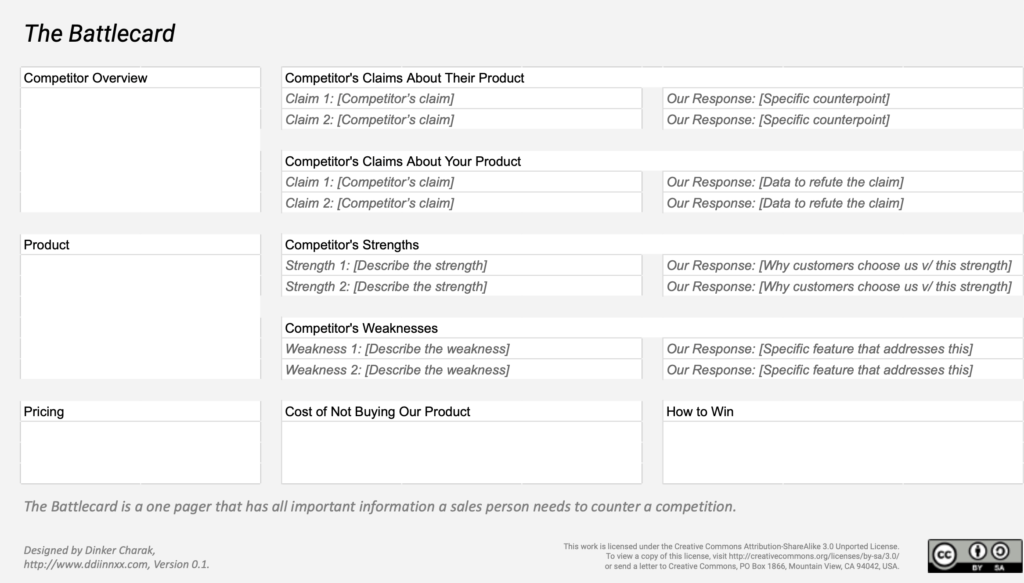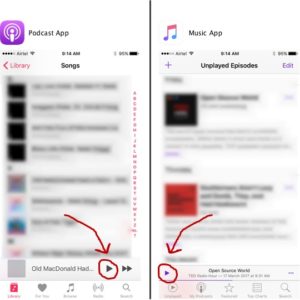While there are many documents and resources that can support the sales process, one stands out as particularly crucial: the sales battlecard. This document, often overlooked, is a powerhouse when it comes to arming your sales team with the information they need to close deals effectively.
What is a Sales Battlecard?
A sales battlecard is a succinct document that provides salespeople with key information about competitors, their products, and how to position your own product in the market. It is essentially a cheat sheet that equips your sales team with the knowledge and confidence to address any competitor-related questions or objections that may arise during the sales process.
Structure of a Sales Battlecard

A well-crafted sales battlecard follows a structured format to ensure that all relevant information is covered. Here’s a breakdown of the typical sections found in a sales battlecard:
Competitor Overview: This section provides a brief description of the competitor, their product, and their target market. It sets the stage for the rest of the document.
Competitor Product Description: Here, the document goes into more detail about the competitor’s product, focusing on its core functionalities and key features that make it stand out in the market.
Competitor Product Pricing: This section breaks down the competitor’s pricing model, detailing what is included in each tier. It also highlights any special offerings, such as free trials or promotions.
Competitor’s Claims About Their Product: Here, the battlecard addresses specific claims that the competitor makes about their product, providing a counterpoint or alternative perspective.
Competitor’s Claims About Your Product: Similarly, this section addresses any claims that the competitor makes about your product, providing specific counterpoints or data to refute these claims.
Competitor’s Strengths: This section describes the competitor’s strengths and provides a counterpoint, highlighting why customers chose your solution over these strengths.
Competitor’s Weaknesses: Conversely, this section describes the competitor’s weaknesses and provides a solution, highlighting a feature or benefit of your product that addresses these weaknesses.
Cost of Not Buying Your Product: This section provides statistical or financial arguments to illustrate the cost of not choosing your product over the competitor’s.
How to Win: Finally, this section summarizes the key talking points for choosing your product over the competitor’s and provides actions to guide a meeting towards a successful close.
In conclusion, a well-crafted sales battlecard is an indispensable tool for any sales team. It provides the information and confidence your salespeople need to address competitor-related questions and objections, ultimately helping them close more deals and drive revenue for your business.
Get Battlecard Template
Your Example
If you have used this version of the Battlecard, do consider sharing a non-confidential version with me. I will post it here along with attribution. The more we share, the more we learn!



